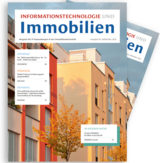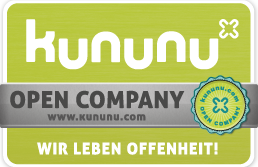The PROMOS DATEV interface for SAP Fiori® gets your data in shape as usual
The solution – new environment, same input
With SAP Fiori®, companies enter a new world of handling. Instead of transaction codes that have to be entered in the SAP® system manually, tiles tailored to the individual users allow them to enter the various applications. The popular PROMOS DATEV interface is also available for use in Fiori®. It can be used across industries, is ready to use but can also be adapted to the individual requirements of various companies. A bonus for companies who already use the interface and are now taking on the switch to SAP Fiori® is the convenient handling that has remained almost exactly the same. Only the entry is now significantly easier from SAP Fiori®. This means users do not require any new training, but can get to work in their familiar environment.
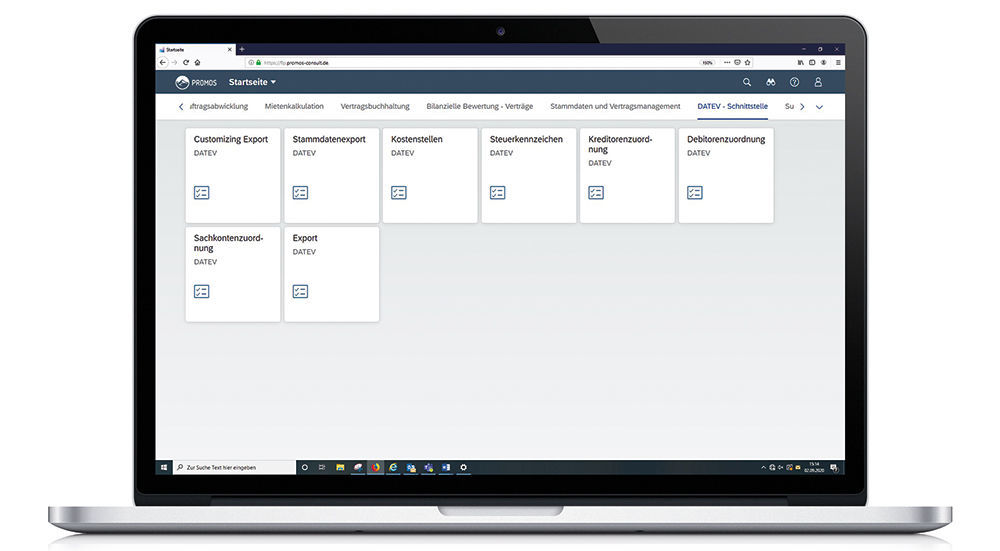
Figure 1: The familiar applications of the solution can be found in SAP Fiori® behind the various tiles of the DATEV interface.
The mapping – selling an X for a U
With the help of mapping performed by the user, the PROMOS DATEV interface allows existing posted documents to be transferred to the DATEV import format based on various criteria, e.g. posting period. In Fiori®, users can navigate between the applications of the DATEV interface using various tiles (Figure 1). Within the framework of mapping, tax codes, customers and vendors, cost centres and G/L accounts can be assigned. The customer decides whether the mapping is performed centrally or by the administrators themselves. Behind another tile there is the option to export the postings to the previously mapped data. In addition, on request it is possible to export the master data for G/L accounts, vendors or customers. Depending on the company code, the user allocates the original data to the target format in the various areas. For example, in the “Customer assignment” area, each customer must be assigned to precisely one target account. Once this has been done, the processor can use this mapping again and again. In the next posting period, it is only necessary to add all the new accounts that have been created. In the mapping, it is also possible to specify whether the transferred postings should go to the customers and vendors or the G/L accounts. If both are to be transferred, they may need to be excluded on one side since they would otherwise appear twice.
Another special feature is those accounts in SAP® that are posted with different tax codes because there is a separate account for every tax code in DATEV. So different target accounts must be specified in the mapping depending on the tax codes (Figure 2).
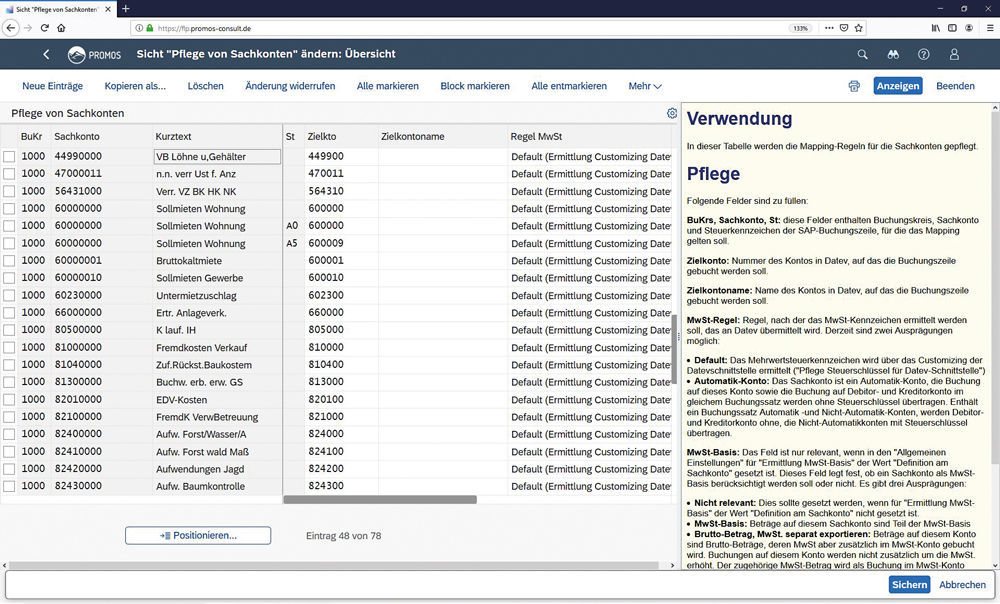
Figure 2: When mapping G/L accounts that are posted to with various tax codes, there are different target accounts for DATEV. Notes at the edge of the application explain functions and fields.
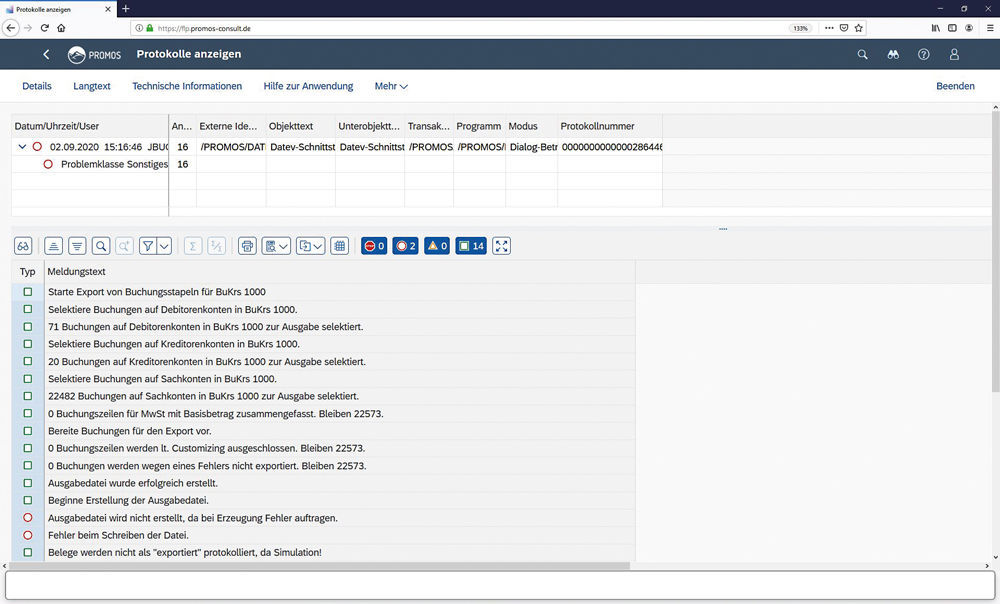
Figure 3: A results log shows all completed work steps with the help of traffic light colours.
The financial report – select, simulate, export, done
For every type of periodic financial reporting, the original data in SAP® must be exported to DATEV. This is done separately for each company code. On calling the Export tile, the user is taken to a selection screen with the familiar and proven features of the interface. For example, the data origin and the invoicing purpose can be specified – for example should the system work with IFRS, German tax law or the German Commercial Code (HGB). The financial year is also determined so that the posting periods can be started correctly. Data for any number of months or an entire financial year can be exported. It is also possible to choose what should be transferred: G/L accounts, customers, vendors, and also whether these should be exported individually or in freely selectable combinations. For example, transferring the data in stages can make sense for large companies with a lot of posting documents.
The export is then executed. A log shows the successfully completed work steps as well as errors with the help of a traffic light system (Figure 3). For instance, if no account could be found for a posting, a red indicator appears in the log. Before the export can be finished, the error must be rectified or the posting excluded from the selection. Once the export is complete, all the individual items of the DATEV run appear as an ALV list. The layout can be adapted as required and then saved so that it can be selected in the selection area for the next run before starting the export. It is also possible to simply simulate the export at any time. In this case, the postings do not receive a post indicator.
Customising – a standard solution with the option to individualise
The standard version of the PROMOS DATEV interface can be used immediately. For individual adjustments to meet the company’s own requirements there is Customising, within which all key settings can be made live. Easy-to-understand description texts at the edges explain the individual Customising items. Among other things, it is possible to specify which data is to be transferred or what should be done with duplicate documents. Additional data fields can also be selected here that are to be transferred in the export. If desired, mapping can be stored in the Customising. PROMOS determines the individual range of requirements for the solution together with the customer and implements them in a sensible way. In the live system, the Customising tile is available for customers to view.
Summary
Thanks to the high degree of automation and the many years of experience gathered, which were successively incorporated into the solution, the PROMOS DATEV interface is a flexible tool that can be used across industries and is now also available in the modern interfaces of Fiori®. Efficient, user-friendly and individually adjustable – the PROMOS DATEV interface fulfils the requirements of every company.
redaktion@openpromos.de
